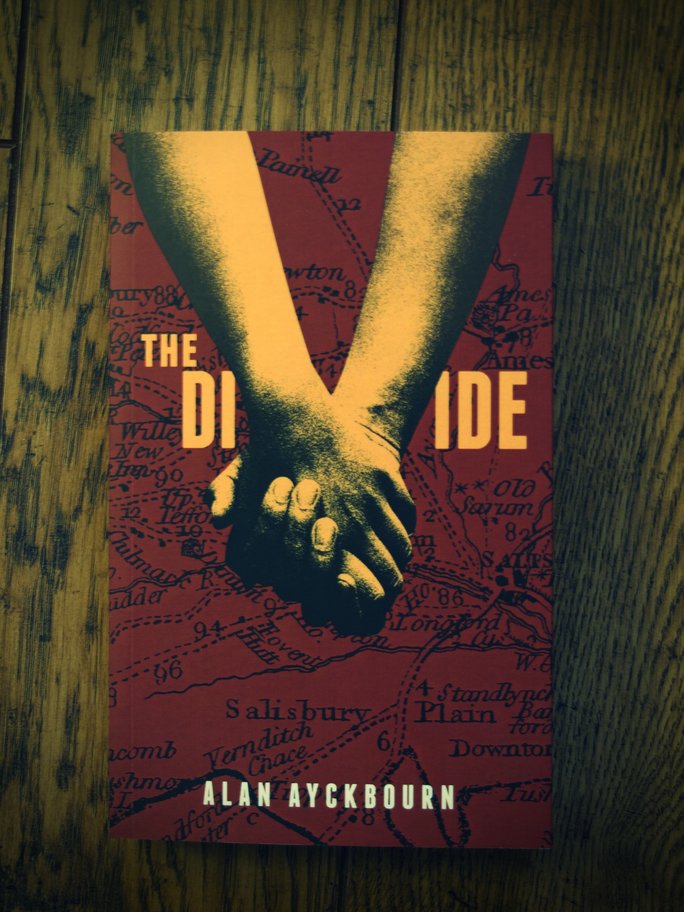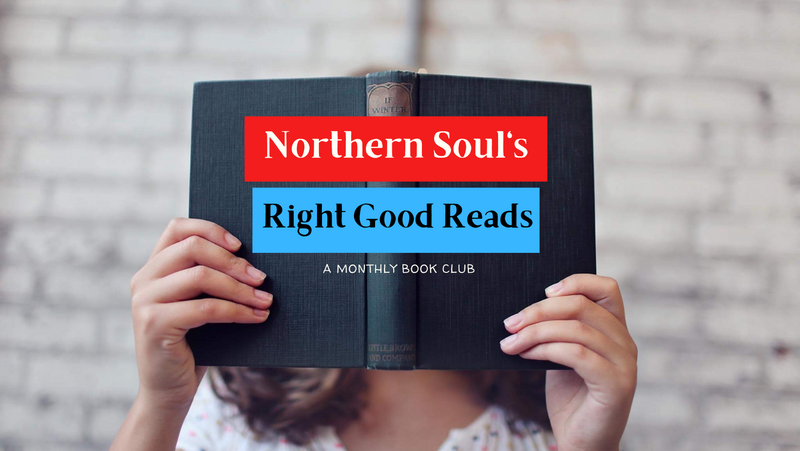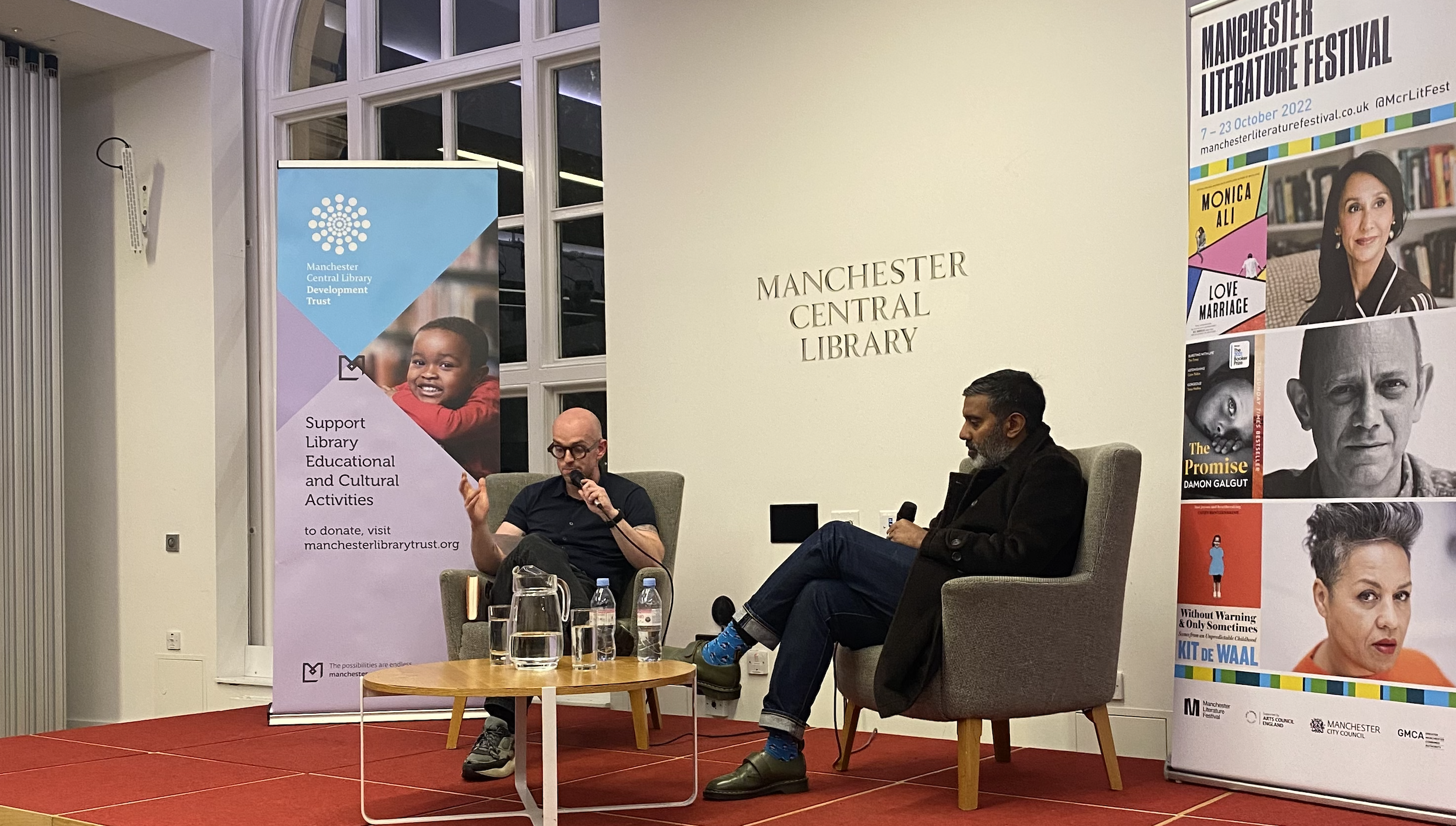Alan Ayckbourn has written more than 80 plays. He is 80-years-old and, earlier in 2019, he celebrated the 60th anniversary of his professional playwriting debut (with The Square Cat). But he’d never written a novel – until now.
Ayckbourn’s book is set 100 years into the future when a plague has ravaged the earth. Women are the carriers of disease and continue to be infectious, making men vulnerable to female contact. So, a decision has been made by a mysterious figure known as ‘The Preacher’ to physically separate men and women by ‘the divide’. The story is told primarily through the diary entries of brother and sister Soween and Elihu and written up by the future Soween, who has become a famous novelist. The book is presented as handwritten diary entries, court documents and council meeting notices.
The Divide is a long story. Initially it shows immense promise as an absorbing fictional rendition of a futuristic world with all the complexities of sexual orientation, human flaws and biological roles laid out ready to be explored. But considering its length, there is very little detail regarding the plot, characters and situation. Nothing is explored to any great length and any questions raised remain just that, questions.
 The concept of ‘found’ documentation in sci-fi and future-based writing is not a new one; it’s a device that allows the reader the intimacies of a first-hand experience. And in that respect the book is successful as it narrates itself. However, because the characters only ever speak through diary entries it is difficult to interpret unreliability of narration, and therefore it becomes more difficult for the reader to see the psychology of the characters, especially with the young ones through whom we have to accept the limited world viewpoint, leaving them a bit flat.
The concept of ‘found’ documentation in sci-fi and future-based writing is not a new one; it’s a device that allows the reader the intimacies of a first-hand experience. And in that respect the book is successful as it narrates itself. However, because the characters only ever speak through diary entries it is difficult to interpret unreliability of narration, and therefore it becomes more difficult for the reader to see the psychology of the characters, especially with the young ones through whom we have to accept the limited world viewpoint, leaving them a bit flat.
Added to this, Ayckbourn has given both of his main characters upbeat, easily pleased personas, which doesn’t leave a great deal of space to explore the psychological depths of coming of age and sexuality under such severe restrictions. That said, although it is difficult to form an emotional bond with the characters, they are likeable and the situations they find themselves in are interesting enough to keep the reader attentive. The layout also works in its favour: small, short pieces of prose opening windows onto the protagonists’ day-to-day lives and the tumultuous world of teenagers, where it appears, apart from the fancy names, nothing much has changed – bullying is still rife, people still fall in and out of love and parents still worry – but this reader would have liked to have known more about the wider world in which they live and the rules that structure it.
 Ayckbourn is renowned for his dialogue, his theatrical pauses and his comedy, and a lot of this comes through in the novel. There is a great deal of humour and, true to Ayckbourn’s style, this is mostly down to misinterpretation and naivety – the sex scene in which Soween thinks her brother and his lover are in the midst of some sort of brutal fight rather than a passionate love-making scene, for example, is genuinely funny. But often the humour and the way that the characters react to situations seem completely out of sync with the context.
Ayckbourn is renowned for his dialogue, his theatrical pauses and his comedy, and a lot of this comes through in the novel. There is a great deal of humour and, true to Ayckbourn’s style, this is mostly down to misinterpretation and naivety – the sex scene in which Soween thinks her brother and his lover are in the midst of some sort of brutal fight rather than a passionate love-making scene, for example, is genuinely funny. But often the humour and the way that the characters react to situations seem completely out of sync with the context.
If you’re not expecting the depth of The Handmaid’s Tale or 1984, you will enjoy the engagingly simplistic style of writing and the conceptual bedrock that the book is based on. And for lovers of Shakespeare, it’s not a million miles away from a futuristic Romeo and Juliet. You can never have enough star-crossed lovers, especially in a plague-ridden future.
The Divide is published by PS Publishing and available to buy now.











